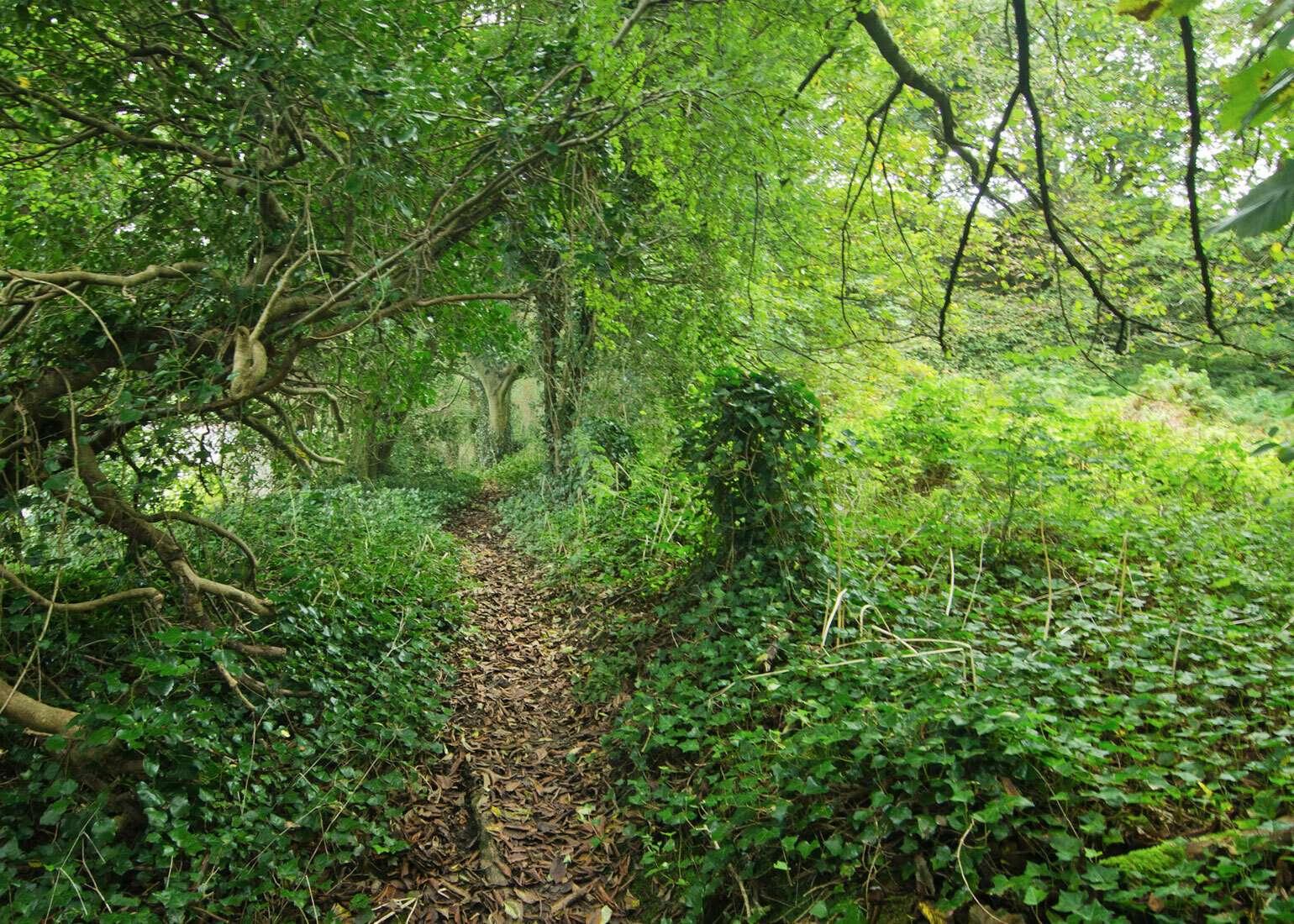About
Site Directory
Copyright © 2025 www.isleofman.com
All Right Reserved
powered by 
Copyright © 2025 www.isleofman.com
All Right Reserved
powered by 


Situated in the north west of the Island accessible from the TT Course and the Peel to Kirk Michael coast road.
Cooildarry is a deep wooded valley which forms the upper part of Glen Wyllin. The land in the area is covered with thick deposits of glacial drift. The Cooildarry Glen tributary is still cutting into these deposits, the Ballalonna stream however has completely cut through the drift and runs in a series of waterfalls over its ancient bed of Manx slates.
Over the centuries the river has powered a number of mills. At the beginning of this century it was adapted for processing fuller's earth, a fine clay found in the glacial deposits. Fuller's earth was used for treating sheep fleeces and as an inert material in artillery shells. A small railway was built to carry the wet fuller's earth up to the old mill where it was dried over the fireplace and sieved on screens. The water wheel was used to power the railway. The industrial remains can still be seen.
Flints have been found in the Kirk Michael area and early settlers would have made use of the fresh water and woodland. It is thought that by the end of the fifteenth century little native woodland remained on the island. The name Cooildarry is derived from darragh (oak tree) and cooil (nook). In the Victorian era a pleasure garden was created. Many trees were planted and there was a summer house and small lakes. The present woodland owes its character to this planting though it has some semi-natural characteristics. Nowadays the canopy of woodland is varied with elm, ash, alder, sycamore and beech the dominant species. Oak, chestnut, lime, hazel, silver birch, hawthorn, blackthorn and holly are among other trees present. The woodland also includes exotic species, rhododendron, Portugal and cherry laurel and Corsican pine. Mosses, liverworts, horsetails and ferns all grow in profusion in the moist shady conditions. Over fifty species of fungi have been recorded.
In springtime, the woodland floor is carpeted with primrose, wood anenome, wood sorrel, lesser celandine and bluebell. Opposite-leaved golden saxifrage spreads freely over the moister areas. Boggy patches in the valley floor, more open to sunlight, support yellow flag, hemlock water dropwort and branched bur-reed.
Well over 50 species of bird have been recorded and more than 35 species have bred in the area including raven and sparrowhawk. You may be lucky enough to hear a wood warbler in the spring.
The Trust aims to encourage the native species in the reserve and control some of the introduced species. Rhododendron has proved rampant and has to be cut back at times; the regeneration of sycamore needs to be controlled. Dead wood is very important in woodland ecology especially for fungi and beetles and it is left standing and fallen to decay naturally where safe to do so.
Grid ref SC 314901. There are two entrances. One is opposite the road to Glen Wyllin campsite on the Peel to Kirk Michael Road. The second entrance is on the TT course, one mile south east of Kirk Michael.